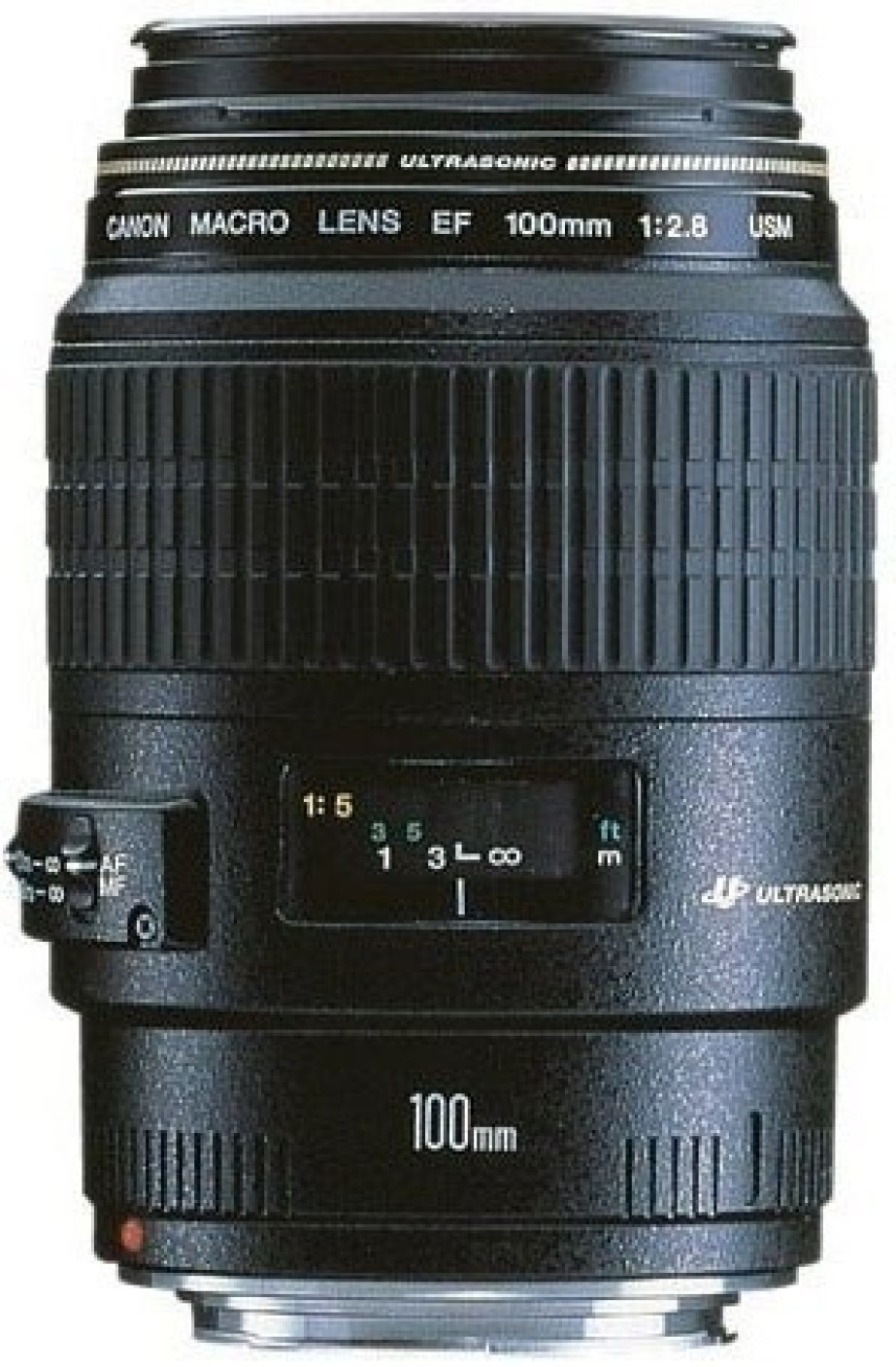
- #Buy canon macro lens full#
- #Buy canon macro lens iso#
- #Buy canon macro lens professional#
- #Buy canon macro lens series#
The good news is that if you have existing EF and EF-S lenses, these can still be paired with the EOS R system of camera bodies using the EF-EOS R lens mount adaptor. Keep in mind that these lenses will not work with EOS DSLR or EOS M cameras.
#Buy canon macro lens iso#
RF lenses also offer new levels of intuitive control with the lens control ring allowing you to customise control over aperture, shutter speed, ISO or exposure compensation.

When combined with select EOS R camera bodies, RF lens-based Image Stabilizers work in tandem with the In Body Image Stabilizer to deliver coordinated control and reduce camera-shake blur. These revolutionary lenses provide superior sharpness, reduced aberrations and outstanding optical performance. With currently over 15 RF lenses, they offer higher quality and speed, with performance optimised for the EOS R system cameras.
#Buy canon macro lens full#
So, you can rely on a L-Series lens to perform to the highest photographic standards.Ĭanon’s latest lens technology can be found in the RF lenses, which have been specifically designed for Canon’s EOS R system of Full Frame mirrorless cameras and feature a red line on the lens mount index. This results in a reduction in colour fringing (chromatic aberrations) and an increase in sharpness and contrast. The L-series lens tend to be built with more durability and feature specifically engineered multi-coated ultra-low dispersion glass. These lenses can be identified by the red ring outside of the lens.
#Buy canon macro lens professional#
If you’re a serious enthusiast or professional and want a lens that produces quality images in all conditions, then you may also want to consider the L-Series lenses. The benefit of EF lenses is they can be used on all Canon DSLRs (as well as on all Canon mirrorless cameras when using a lens adapter). These lenses are Canon’s largest range and are indicated by a red dot on the lens mount index. If you have a Full Frame DSLR camera then you should only use EF lenses.
#Buy canon macro lens series#
For example, a wildlife photographer shooting with the Canon EOS 7D Mark II, which has an APS-C sensor, and an L series EF 100-400mm lens can increase their focal length by 1.6x and achieve a greater zoom range (400mm x 1.6 = 640mm). Some photographers use this to their advantage. However, if you use a Canon EF lens on an APS-C body, there is a crop factor that magnifies the lens by 1.6x. This indicates that you can use Canon’s full range of EF-S and EF lenses on your camera body. But since they are made with smaller diameter optics, you get the benefit of affordability and they are generally more compact and lightweight than their EF equivalents.ĮF-S lenses feature a white square on the lens mount index and correlates to the same white square on all Canon APS-C camera bodies.

Keep in mind that these lenses don’t fit on Full Frame DSLR cameras. If your DSLR camera has an APS-C sensor, you should first look at the EF-S range of lenses, which have been specifically designed for this range of cameras. Do you have DSLR or Mirrorless camera? And does it have an APS-C or Full Frame sensor?Ĭanon DSLRs are categorised into one of two image sensor sizes: APS-C sensors (also known as a crop sensor) and Full Frame sensors. The first thing to consider is what type of camera you have.

Some offer excellent low light shooting, while others are more compact and offer superior optical quality than the kit lens supplied with your camera. Every lens has its own unique advantages. There are so many types of lenses available, it can get a little confusing knowing which is the right one. Canon Photographer Jenn Cooper discusses the various EF, EF-S, EF-M and RF lens ranges to help you find the perfect lens that fits with your Canon camera.


 0 kommentar(er)
0 kommentar(er)
